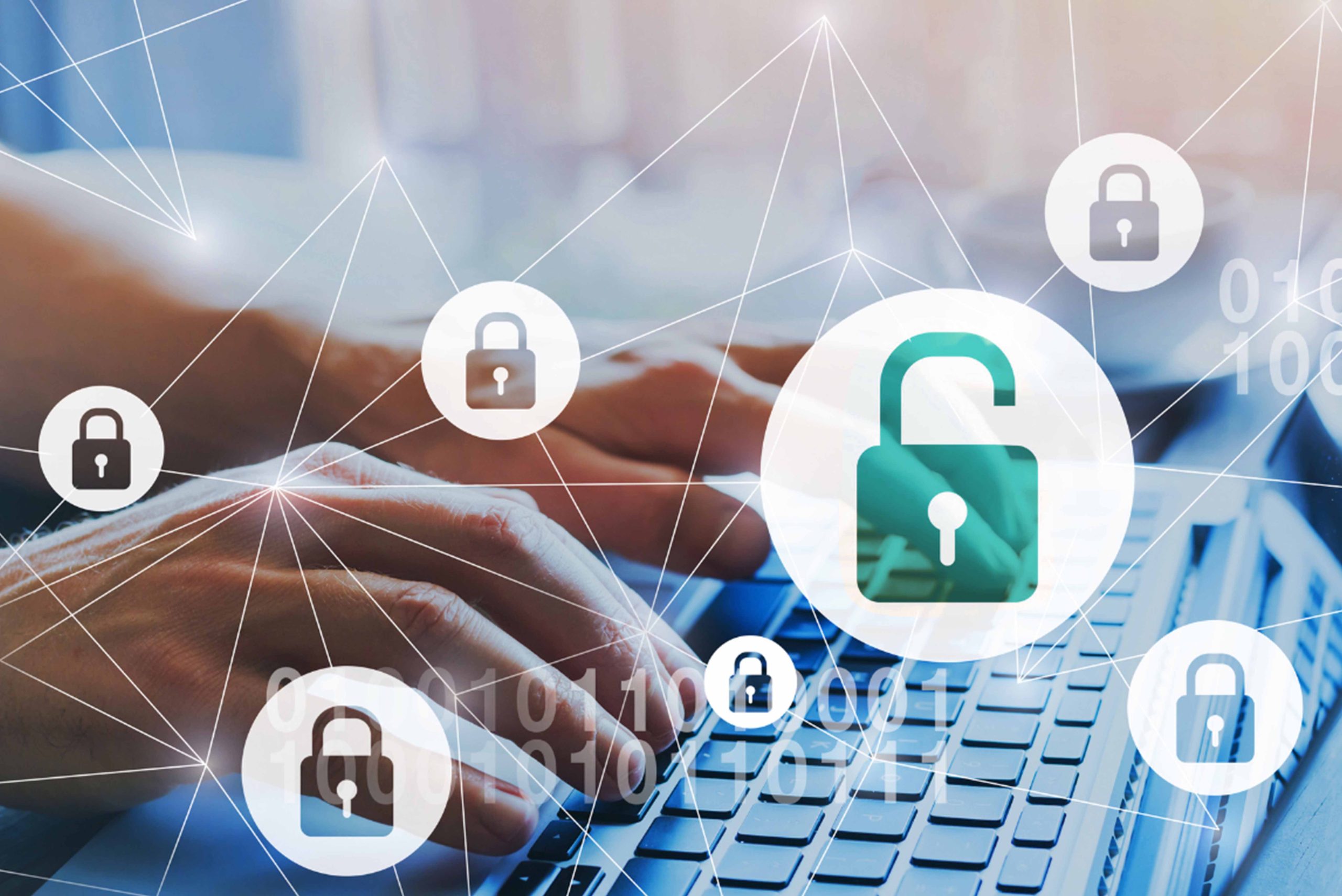From Sebastian Wittor
Cybersecurity and usability are often perceived as opposing forces. To increase security, complex passwords, multi-level authentication processes, strict access controls and user behavior requirements are implemented. But if you look at the behavior of the average user, two characteristics are easy to identify:
- Their average affinity for technology is significantly lower than that of the system developers.
- Strict requirements on user behavior cause frustration and confusion among users, who may become careless with their security practices or indifferent to the security measures as a reaction of defiance.
The result is catastrophic from a cybersecurity perspective. Security functions, such as lock screens or login functions, are deliberately deactivated. Users simply use memorable passwords across accounts, or even write them on a Post-It and place it next to the system. And so cybersecurity ensures less rather than more security.
The approach: cybersecurity by usability
The approach of effective cybersecurity by usability begins with the integration of security measures into the everyday lives of users. This could include the implementation of biometric authentication methods, such as fingerprint or facial recognition, or the use of user-friendly password managers. The focus is on ensuring that security is not perceived as a disruptive element, but as a natural part of digital interaction.
The ideal state is achieved when users consciously use security aspects, as using them involves less effort and more convenience than deliberately dispensing with them.
User-friendly design for more cybersecurity
User-friendly design plays a key role in the implementation of cybersecurity by usability. Users should be involved in the design process from the outset to ensure that safety aspects are not seen as an afterthought. Just a few points increase the quality of the safety aspects of the product:

Sebastian Wittor
Cybersecurity Expert
Sebastian Wittor is cybersecurity expert at BAYOOMED and has been supporting our customers in the secure development of their medical devices as Project Manager Medical Engineering for over three years.

